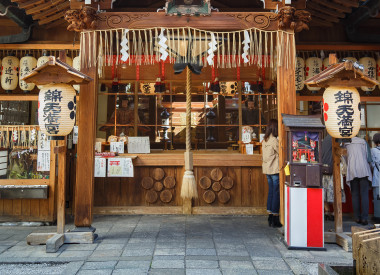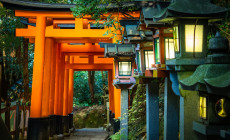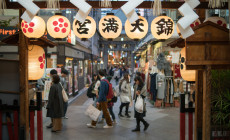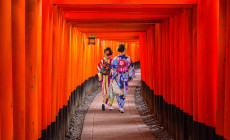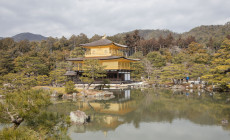-
Latin America
Latin America
- Countries (hidden space)
- Galapagos & Ecuador
- Guatemala
- Mexico
- Panama
- Peru
- Popular Attractions
- Machu Picchu
- Inca Trail
- Easter Island
- Galapagos Islands
- Patagonia
- Rio de Janeiro
- Iguazu Falls
-
Africa
Africa
- Spacer Africa
- South Africa
- Zimbabwe
- Popular Attractions
- Cape Town
- Okavango Delta
- Sossusvlei Dunes
- Victoria Falls
- The Kruger
- The Garden Route
- Masai Mara
-
Asia
Asia
- Spacer Asia
- Laos
- Sri Lanka
- Uzbekistan
- Vietnam
- Popular Attractions
- Taj Mahal
- Lion Rock (Sigiriya)
- Angkor Wat
- Ha Long Bay
- Kyoto
- Europe & Middle East
-
Destinations
- Latin America
- Argentina
- Bolivia
- Brazil
- Chile
- Colombia
- Costa Rica
- Galapagos & Ecuador
- Guatemala
- Mexico
- Panama
- Peru
- Asia
- Cambodia
- India
- Japan
- Laos
- Sri Lanka
- Uzbekistan
- Vietnam
- Middle East
- Jordan
- Southern & East Africa
- Botswana
- Kenya
- Namibia
- South Africa
- Zimbabwe
- Europe
- Slovenia
- All Holiday Destinations
- Contact Us
-
About
About
Llama Travel provides high quality holidays at the lowest possible prices.
99% recommend us Lower prices - guaranteed Financially protected by ATOL
Once the imperial capital, Kyoto is now the beating cultural heart of Japan. Kyoto was Japan’s capital from 794 until the Meiji Restoration in 1868, when governance was moved to Tokyo. Unlike the current capital, Kyoto was largely spared from wartime destruction, so much of its 1,000 years of history are still intact. In fact, it was this great cultural richness that prevented Kyoto from being destroyed. The city was originally at the top of the USA’s list for atomic destruction, but was spared by the US Secretary of State Henry L. Stimson, who had honeymooned there, and demanded that Kyoto “must not be bombed”. Today 20% of Japan’s national treasures and 14% of its important cultural properties are in Kyoto. Some notable sights include Fushimi Inari – the shrine with 10,000 torii gates, Kinkakuji – the golden pavilion, Kiyomizudera – the ‘pure water’ temple, and Ryoanji – known for its zen rock garden. Kyoto is also one of the only places you can see traditional wooden townhouses known as machiya.
Gion is perhaps Kyoto’s most famous district, known for its geishas (or ‘geiko’ in local dialect) and rustic old-world charm. The streets are lined with traditional wooden shops and teahouses, and the occasional cherry tree. If you’re lucky you may even spot a geisha on her way to an engagement whilst you’re out walking.
Kyoto also differs from other Japanese centres in that it is not by the sea. This has had a notable effect on its culture, most notably in the distinctive cuisine, which has evolved around vegetables that are unique to Kyoto’s climate. Look out for dishes such as Yudofu, Kyo-Yasai, and Kyo Gashi – traditional handmade sweets. Kyoto’s oldest restaurant, Honke Owariya, has been in operation since 1465.

